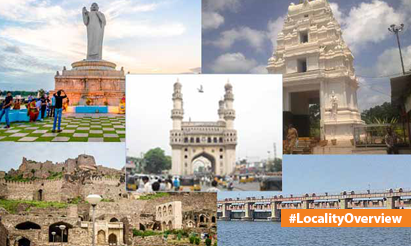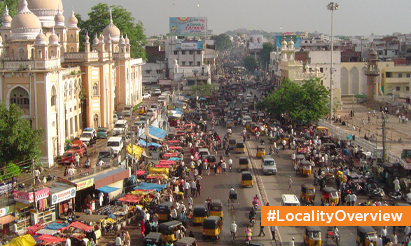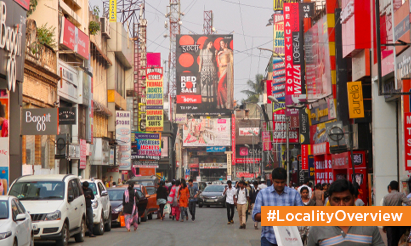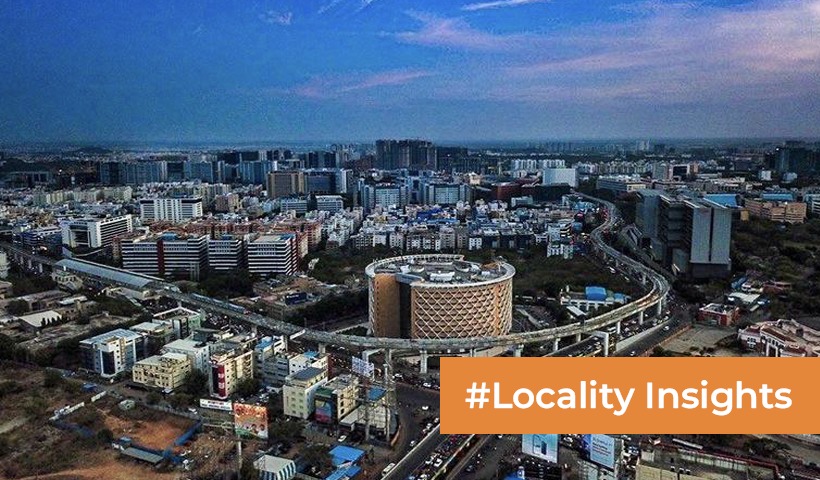Dharavi Chronicles: The Past, Present, and Future of Mumbai’s Slum!
Dharavi, one of Asia’s largest slums, is an integral part of the bustling metropolis of Mumbai, India. Nestled between the affluent neighborhoods of Mumbai, Dharavi has a unique story to tell. It is a place where history, real estate dynamics, and redevelopment initiatives converge, offering a glimpse into the complex nature of urban transformation. In this blog, we delve into the history of Dharavi, its real estate intricacies, and the ongoing redevelopment efforts that are reshaping the lives of its residents.
Historical Perspective
Dharavi’s roots can be traced back to the late 19th century. It emerged as a settlement for rural migrants and laborers who flocked to Mumbai in search of economic opportunities. Over time, it grew into a densely populated, multi-ethnic neighborhood, with a significant number of small-scale industries, including pottery, leather, and recycling. Dharavi’s informal economy thrived, making it a vital contributor to Mumbai’s economic landscape.
Real Estate Dynamics
Despite its reputation as a slum, Dharavi’s real estate market has distinct features. Over the years, small, self-built structures have proliferated, often without formal land titles. Property ownership in Dharavi can be quite complex, as informal agreements and traditional structures predominate.
In recent years, the real estate landscape in Dharavi has undergone a transformation. Developers and investors have recognized the potential for redevelopment in this prime location. The real estate market in Dharavi is changing, with plans to redevelop the area, providing better housing and living conditions for its residents.
Redevelopment Initiatives
Several redevelopment initiatives have been proposed for Dharavi, aimed at improving the living standards of its residents and unlocking its economic potential. These plans envision a mix of residential, commercial, and green spaces, designed to decongest the area and provide better living conditions. Redevelopment also aims to create affordable housing for the existing residents, addressing the critical issue of inadequate housing.
One such ambitious project is the Dharavi Redevelopment Project, which envisions transforming Dharavi into a self-sustainable neighborhood with improved infrastructure, modern housing, and enhanced economic opportunities. While these initiatives have the potential to uplift the residents, they also face challenges, including logistical complexities, funding constraints, and the need for community buy-in.
Challenges and Opportunities
The redevelopment of Dharavi is not without its share of challenges. It involves the displacement of thousands of residents, creating a delicate balance between progress and social justice. Land disputes, funding, and bureaucratic hurdles are common obstacles faced by redevelopment projects.
However, the transformation of Dharavi also presents a unique opportunity to address urban poverty, improve living conditions, and integrate informal economies into the formal sector. The goal is to create a win-win situation for both the existing residents and the broader city of Mumbai.
Dharavi, with its rich history, complex real estate dynamics, and ongoing redevelopment efforts, serves as a microcosm of the challenges and opportunities that urban centers face worldwide. While the transformation of this sprawling slum is a work in progress, it highlights the importance of balancing economic development with social justice. The redevelopment of Dharavi reflects the global need for inclusive, sustainable, and equitable urbanization, ensuring that no one is left behind in the quest for urban progress. As Dharavi’s story unfolds, it provides valuable insights into the multifaceted nature of urban development and its potential to create a brighter future for all its residents.
Disclaimer: The views expressed above are for informational purposes only based on industry reports and related news stories. PropertyPistol does not guarantee the accuracy, completeness, or reliability of the information and shall not be held responsible for any action taken based on the published information.




